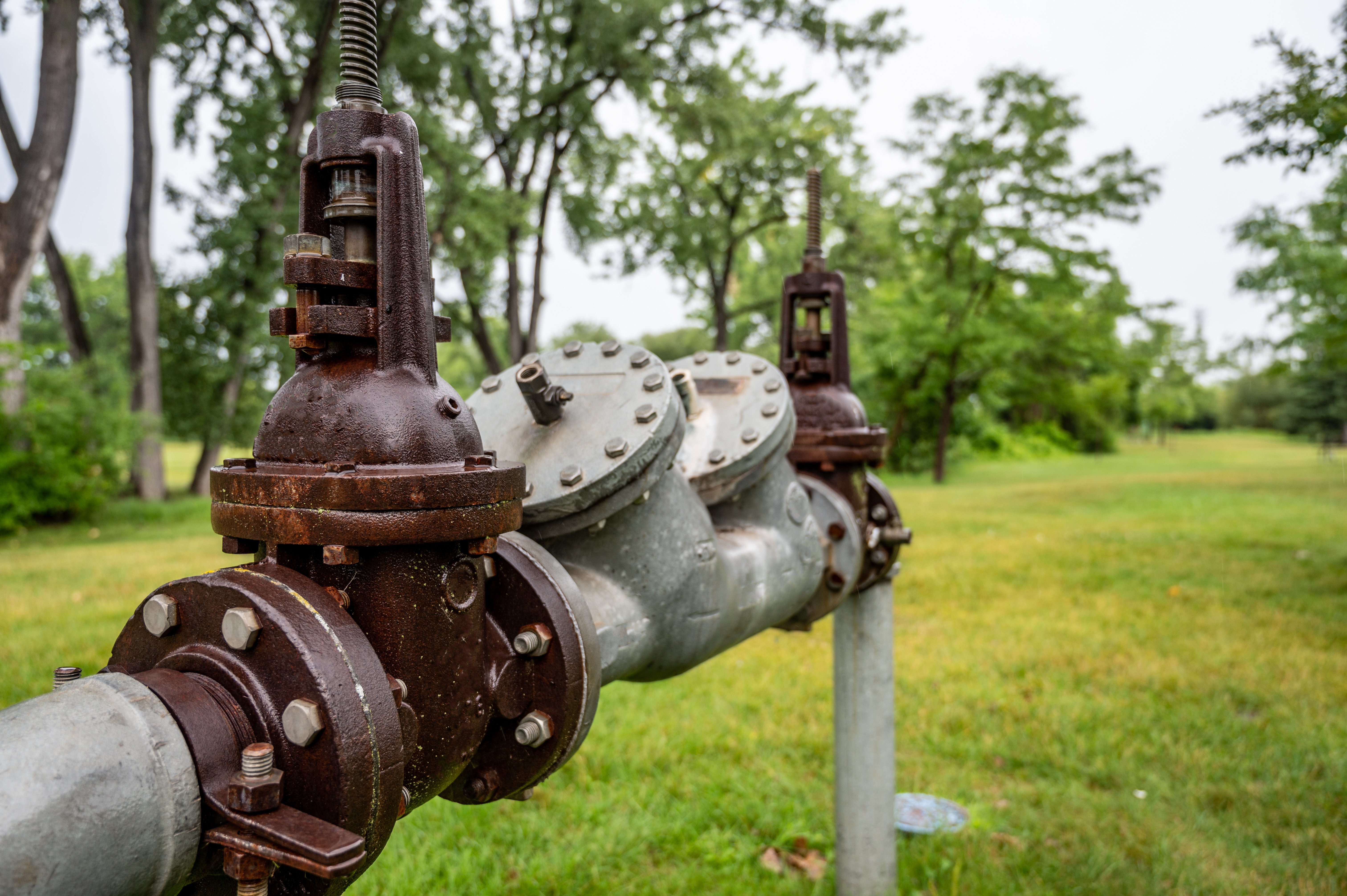
BACKFLOW - Backflow is simply a reversal of the average water flow—from the customer side of the meter into the water system. It can happen due to water pressure differences or sudden changes in pressure. It can allow contaminants to be pumped or siphoned back into buildings’ plumbing system and, potentially, the public water supply. These situations occur if normal pressures are interrupted by a water main break, a power failure, or some other disruption in water service.
IMPORTANCE - Backflow into a public water system can pollute or contaminate the potable water in that system, since backflow can make the water unusable or unsafe to drink. Water suppliers are responsible for providing usable and safe drinking water under all foreseeable circumstances. Consumers generally believe that water delivered through a public system is always safe to drink. For these reasons, the Municipal Water Authority must take reasonable precautions to protect its public water system against backflow.
COMPLIANCE - Backflow Prevention assemblies must comply with the Municipal Water Authority testing requirements by the date shown on the notification letter. Customers will receive a follow-up notice after 30 days. After 60 days (if compliance has yet to be achieved), customers will receive a notice informing them that their water service may be discontinued unless they achieve compliance.
Testing and Maintenance
Although some Municipal Water Authorities send notification letters notifying customers that backflow testing is due, the customer is ultimately responsible for keeping track of the due date, and ensuring that a Certified Backflow Prevention Technician completes the test by the due date. Customers are also responsible for making sure the Municipal Water Authority receives a Test and Maintenance Report.
Testing Requirements
The Municipal Water Authority requires that Customers test their backflow prevention assembly at the following times:
- When their backflow prevention assembly is first installed. Customers’ Certified Backflow Prevention Technician must perform this test.
- The backflow prevention assembly must be tested annually after that. Customers’ Certified Backflow Prevention Technician must perform this test.
- After any repair or replacement of the backflow prevention assembly. Customers’ Certified Backflow Prevention Technician must perform this test.
Backflow prevention assemblies have internal seals, springs, and moving parts subject to fouling, wear, or fatigue and must be tested periodically to ensure they function correctly. Backflow prevention assemblies must be tested by a state-certified tester with properly calibrated equipment.
To learn more about the basics of Backflow and Drinking Water, read our blog post, “What Do You Know About Backflow and Drinking Water? (commercialfire.com).”






